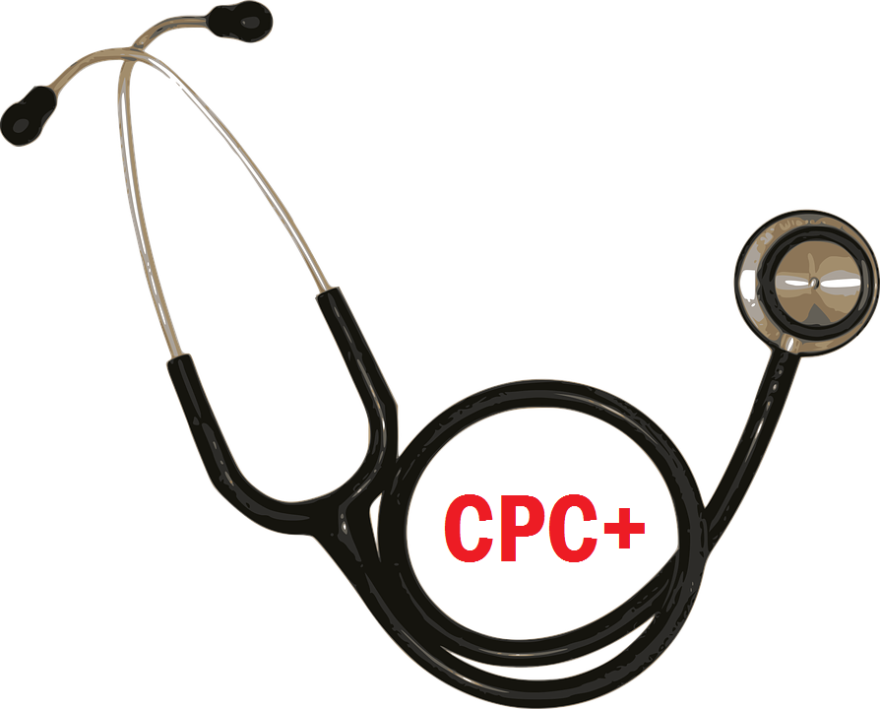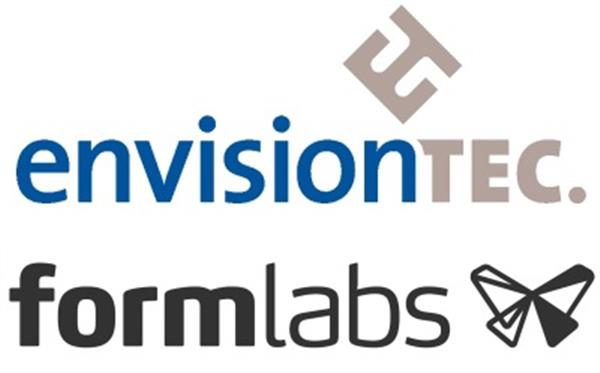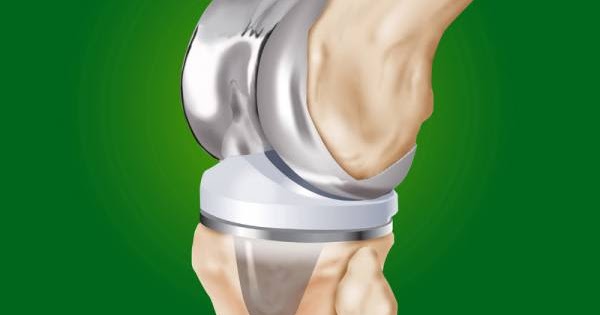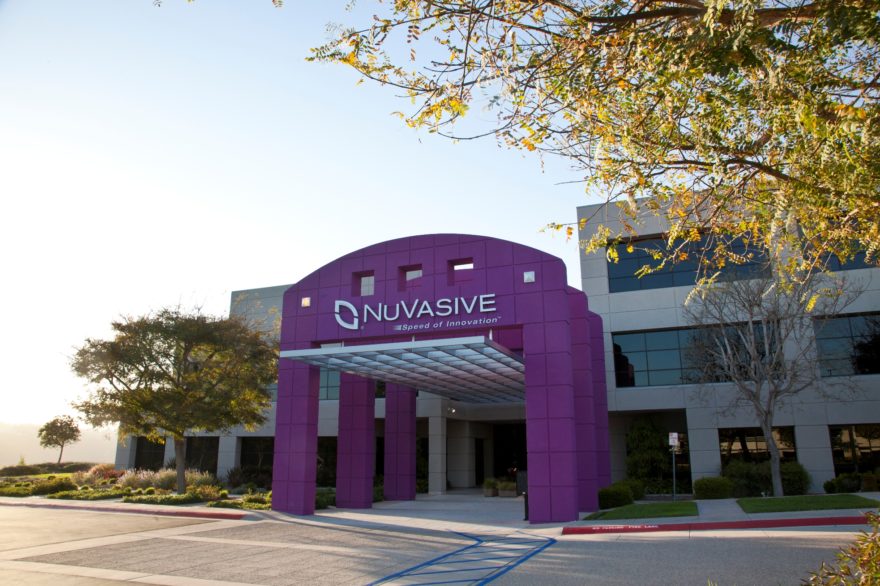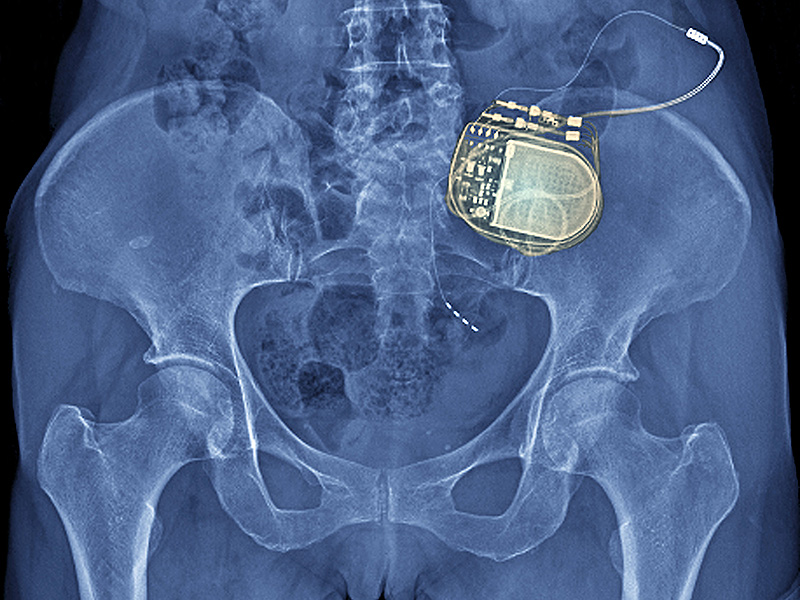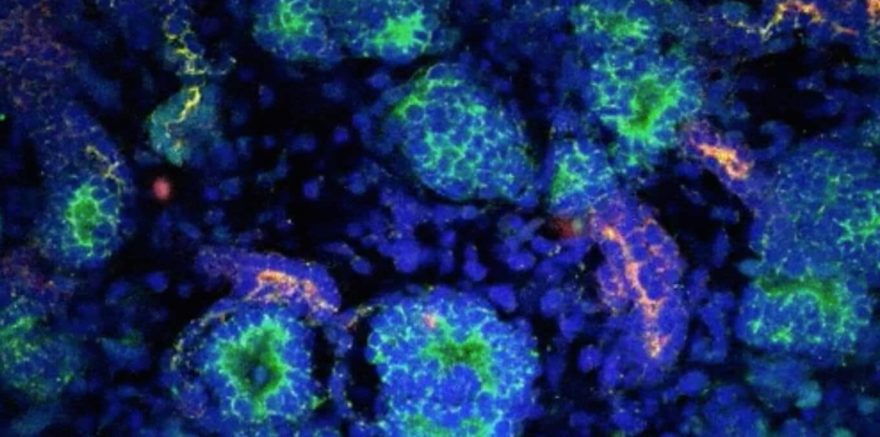September 13, 2016
NEW YORK–(BUSINESS WIRE)–Empire BlueCross BlueShield has been selected as a payer participant in the Centers for Medicare & Medicaid Services’ Comprehensive Primary Care Plus (CPC+) initiative, a five-year multi-payer model that’s the largest federal investment in primary care transformation to date.
“Empire’s involvement in CPC+ reflects our belief in the important role that the primary care doctor can play as caregiver and navigator by providing physicians with actionable information, tools and value-based payments that reward physicians for improved quality, patient experience and affordability,” said Larry Schreiber, president and CEO, Empire BlueCross BlueShield.
Empire currently participates in the Capital District-Hudson Valley Region Comprehensive Primary Care Initiative (CPCi), a pilot that launched in 2012 and will sunset at the end of 2016. CPC+ represents an opportunity to build on the success of CPCi along with the other value-based, patient-centered care programs that Empire has grown over the last four years under its provider collaboration work, known as Togetherworks.
“Empire has demonstrated our commitment to payment innovation and provider collaboration and transformation,” added Schreiber. “Empire’s selection as a payer participant in CPC+ presents an opportunity to collaborate with CMS, providers and other payers to continue to shift our delivery system to one that rewards quality and value.”
Empire works with nearly 10,200 providers across New York under its own value-based, patient-centered care program. By 2018, Empire and its affiliated health plans in 13 other states aim to have more than half of their combined spending in alternative payment models rather than traditional fee for service arrangements.
Building on the medical home concept, CPC+ intentionally aligns multi-payer payment reform with practice transformation, holding practices accountable for total cost of care and improved quality. Under this initiative, practices will be able to engage in systematic data sharing and collaborative learning experiences and will also have an opportunity to share savings achieved. CMS sought to collaborate with other payers in 20 markets and will work with health information technology vendors to provide products to advanced CPC+ practices.
New York providers who want to participate in CPC+ must apply to CMS and will be announced later this year.
About Empire BlueCross BlueShield
Serving New Yorkers for 80 years, Empire BlueCross BlueShield is the largest health insurer in New York supporting more than four million members and more than 38,000 business, union and small employers in New York. Empire BlueCross BlueShield (Empire) is the trade name of Empire HealthChoice Assurance, Inc., and Empire Blue Cross Blue Shield HMO is the trade name of Empire HealthChoice HMO, Inc., independent licensees of the Blue Cross Blue Shield Association, serving residents and businesses in the 28 eastern and southeastern counties of New York State. Additional information about Empire is available at www.empireblue.com. Also, follow us on Twitter at @empirebcbs.
Contacts
Empire BlueCross BlueShield
Media Contact:
Sally Kweskin, 212-476-1421
sally.kweskin@empireblue.com
@empirebcbs

